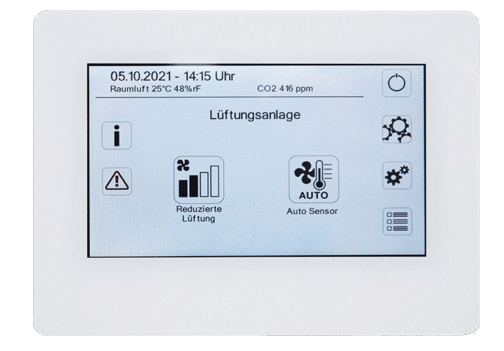
适合水质分析仪的串口屏
水质分析仪在环境监测、废水处理和饮料生产等多个行业中发挥着关键作用。液晶屏作为这些分析仪的核心组件,为用户提供实时数据和分析结果。选择合适的串口屏对于确保水质分析仪的准确性、可靠性和可读性至关重要。本文将探讨适用于水质分析仪的各种LCD选项,并介绍其特点和优势。
理解水质分析仪串口屏
在深入探讨具体LCD选项之前,首先需明确水质分析仪对串口屏的要求。这些显示屏必须具备清晰的可视性、高分辨率,并能抵御潮湿和化学物质等环境因素。此外,它们还需具备耐用性,以承受严苛环境下的长期使用。
1. 单色串口屏
单色串口屏因其简单、可靠且成本低廉,仍为水质分析仪的常见选择。这类显示屏具备高对比度和优异的可读性,适用于显示数值数据和简单图表。单色LCD还具有低功耗优势,特别适合电池供电的便携式分析仪在户外环境中使用。
2. TFT 串口屏
薄膜晶体管(TFT)串口屏为水质分析仪提供了更先进的选项,其特点包括鲜艳的色彩、高分辨率和快速响应时间。TFT显示屏适用于需要详细图形表示和用户友好界面的分析仪。此外,TFT技术支持触摸功能,使操作者能够直观地操作和交互处理复杂数据集。
3. 有机发光二极管(OLED)显示屏
与传统LCD相比,有机发光二极管(OLED)显示屏在图像质量、能效和灵活性方面均有显著优势。OLED技术可实现真正的黑色水平、鲜艳色彩和高对比度,使其成为水质分析仪中显示复杂数据和图像的理想选择。OLED显示屏特别适用于对精度和视觉清晰度要求极高的应用场景。
4. 反射式液晶屏
反射式液晶显示屏利用环境光线照明屏幕,具有节能特性,适用于户外或高环境光照条件。这些显示屏在直射阳光下仍能提供卓越的可读性,这是便携式水质分析仪在野外作业或环境监测中的关键要求。反射式液晶显示屏还可有效减少眩光和反射,确保在恶劣环境下也能清晰可见。
5. 透射式串口屏
透射式串口屏结合了反射式和透射式技术的特点,可在不同光照条件下灵活应用。这些显示屏支持双模式运行,利用环境光实现户外可见性,同时内置背光功能以满足低光或室内使用需求。透射式LCD在能耗效率与可见性之间实现了平衡,适用于在多样化环境中使用的水分分析仪。
结论:
选择水质分析仪的合适串口屏需综合考虑可读性、分辨率、功耗及环境条件等因素。单色串口屏以简单和成本效益为优势,而串口屏则提供更优质的视觉效果和触控功能。OLED显示屏在图像质量和精度方面表现卓越,而反射式和透射式串口屏则针对特定光照条件和户外使用场景进行优化。通过深入了解各种显示技术,制造商和设计师可优化水质分析仪串口屏的性能和用户体验,确保在不同行业中实现准确的数据可视化和分析。